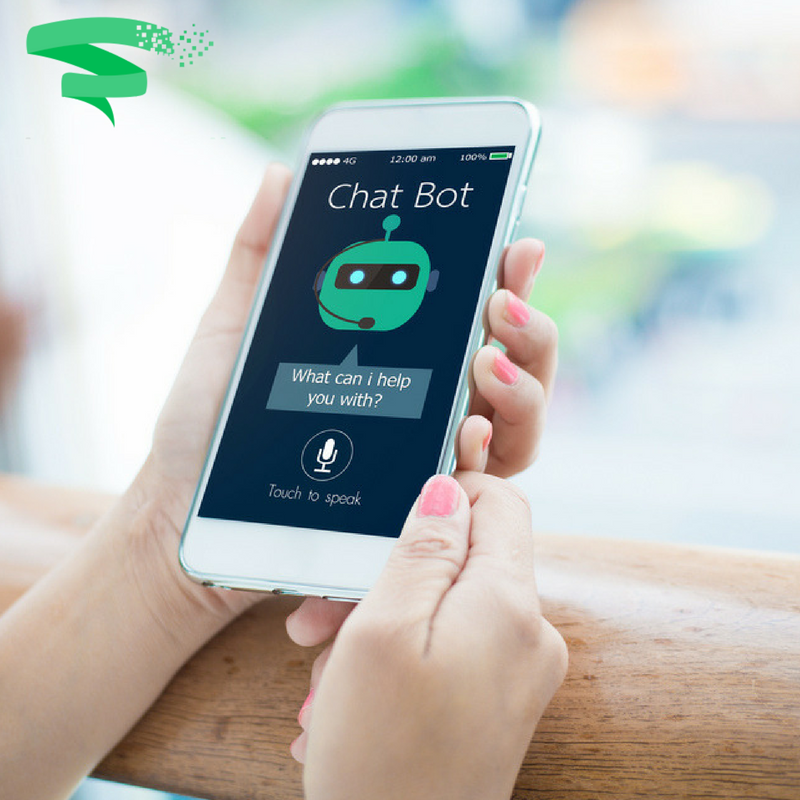The world of chatbots has changed enormously since the early days. If you were a college student in the 1970s and 1980s, you may remember chatting with a simple computer program, one that could answer simple questions and respond to preprogrammed instructions.
While those early chatbots were interesting, their usefulness in the real world was quite limited. For one thing, it was quite obvious, even to non-engineers, that the entity on the other end of the computer screen was not a human. That artificiality made early chatbots interesting engineering projects, but little more.
The world of the chatbot has changed enormously, due in part to a confluence of different events. As technology has become more ubiquitous, more and more people have become comfortable interacting with machines as well as people. Modern users have grown used to talking with Siri on their iPhones and asking their Alexas and Google home devices for weather forecasts and recipes.
At the same time, the number of sites that use chat has grown exponentially, from just a few a decade ago to thousands today. From Facebook messenger and Instagram chat to the many company-specific chat options, the opportunity for chatbots to take over has expanded enormously.
At the same time, the technology behind chatbots has gotten much better, with artificial intelligence powering their design and industry experts working hard to perfect them. These days, a growing number of companies include chat as an integral part of their customer service options. And increasingly, customers are willing to use a chatbot, as long as the information provided is accurate and the response time is faster.
Indeed, more than 60% of consumers place a premium on response speed, and that has given programmers the opportunity to expand their chatbot offerings. Increasingly, chatbots are called upon to handle routine inquiries and even customer complaints, while more highly-trained human operators save their energy for the most complex situations.
So what can you expect from chatbots in 2018 and beyond? The industry is growing rapidly, and industry experts have made some bold predictions for the coming year. Here are some of the emerging trends that could power chatbot technology in 2018 and beyond.
Messaging as a Platform (MaaP)
Technology workers love their acronyms, and 2018 will see the widespread use of MaaP. Short for Messaging as a Platform, MaaP promises to change the world of chatbots and make these computer programs more powerful and capable than ever before.
As 2018 gets underway, you should expect to see more business leaders integrate messaging apps into their operations. On the ordering side of the platform, those messaging apps, powered by chatbots, will help customers navigate immense catalogs to find exactly what they want. On the customer service side, those same chatbots can answer questions, field complaints and route more complicated situations to human workers.
Conversational API
Whether powered by humans or aided by AI, quality customer service is all about the conversation. Customers want to know that their concerns are being addressed and their issues are being taken seriously. In 2018, business leaders will increasingly incorporate AI-aided chatbots to create real flowing conversations that are nearly indistinguishable from real human interactions.
In 2018 and beyond, conversational APIs will enhance the uniformity of the chatbot, allowing a single platform to serve many different roles. This uniform design has the potential to lower costs, improve quality and create a more seamless experience for customers.
Specialized Chatbot Sites
At the moment, most chatbots are confined to a single business. There are chatbots for handling airline reservations, chatbots for aiding customer ordering and even chatbots powering government services. In 2018, expect to see more specialized sites, places were chatbots intuitively understand what people are looking for.
In the old days, before computers and online shopping, exceptional salespeople had an intuitive understanding of what every customer wanted and needed. Those sales powerhouses were able to guide customers based on a number of factors, and in 2018 chatbots will increasingly serve the same function.
The world of the chatbot is just getting started, and the industry is not yet mature. That means that the enormous changes that have taken place in the past are likely to be dwarfed by the changes yet to come. As we move into 2018 and beyond, chatbots will continue to change and evolve, providing better customer service, a more seamless experience and more human-like performance.

